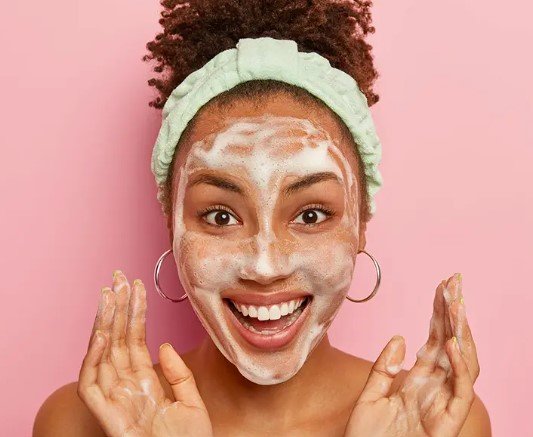Understanding the Role of Humectants, Occlusives, and Emollients in Skincare Practices
Summary
- Humectants, occlusives, and emollients each play a unique role in skincare routines to maintain healthy and hydrated skin.
- Humectants attract moisture to the skin, occlusives create a barrier to prevent moisture loss, and emollients smooth and soften the skin.
- Combining these three types of ingredients can help achieve optimal Skin hydration and overall self-care practices.
Understanding the Differences
When it comes to maintaining healthy and hydrated skin, understanding the differences between humectants, occlusives, and emollients is essential. Each of these ingredients serves a unique function in skincare routines and self-care practices.
Humectants
Humectants are key ingredients in Skincare Products that help attract and retain moisture in the skin. They work by drawing water molecules from the environment or lower layers of the skin to the outermost layer, keeping the skin hydrated and plump. Some common humectants you may find in Skincare Products include:
- Glycerin
- hyaluronic acid
- propylene glycol
Occlusives
Occlusives are ingredients that create a barrier on the skin's surface to prevent water loss and maintain hydration. These ingredients form a protective layer that seals in moisture and shields the skin from environmental stressors. Some popular occlusive ingredients to look for in Skincare Products include:
- Petrolatum
- lanolin
- mineral oil
Emollients
Emollients are moisturizing ingredients that work to smooth and soften the skin by filling in the gaps between skin cells and providing a protective layer. These ingredients help improve skin texture and appearance, making it look and feel smoother. Common emollients found in Skincare Products include:
- Squalane
- shea butter
- Jojoba oil
Incorporating Humectants, Occlusives, and Emollients into Your Skincare Routine
Integrating humectants, occlusives, and emollients into your daily skincare routine can help you achieve healthy, hydrated skin. By choosing products that contain a combination of these ingredients, you can enhance the effectiveness of your self-care practices. Here are some tips for incorporating these ingredients into your skincare regimen:
- Start with a hydrating cleanser that contains humectants like glycerin or hyaluronic acid to attract moisture to the skin.
- Follow up with a moisturizer that includes occlusive ingredients such as petrolatum or lanolin to create a protective barrier and lock in hydration.
- Finish your skincare routine with an emollient-rich cream or oil to soften and smooth the skin, keeping it looking healthy and radiant.
Remember to pay attention to how your skin reacts to different ingredients and adjust your skincare routine as needed. By understanding the roles of humectants, occlusives, and emollients, you can tailor your self-care practices to meet the unique needs of your skin and achieve optimal hydration.

Disclaimer: The content provided on this blog is for informational purposes only, reflecting the personal opinions and insights of the author(s) on the topics. The information provided should not be used for diagnosing or treating a health problem or disease, and those seeking personal medical advice should consult with a licensed physician. Always seek the advice of your doctor or other qualified health provider regarding a medical condition. Never disregard professional medical advice or delay in seeking it because of something you have read on this website. If you think you may have a medical emergency, call 911 or go to the nearest emergency room immediately. No physician-patient relationship is created by this web site or its use. No contributors to this web site make any representations, express or implied, with respect to the information provided herein or to its use. While we strive to share accurate and up-to-date information, we cannot guarantee the completeness, reliability, or accuracy of the content. The blog may also include links to external websites and resources for the convenience of our readers. Please note that linking to other sites does not imply endorsement of their content, practices, or services by us. Readers should use their discretion and judgment while exploring any external links and resources mentioned on this blog. Content in this blog is copyright protected, please do not repost or embed content without prior written permission.